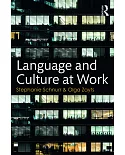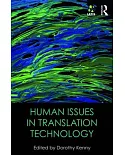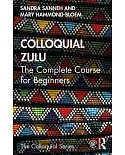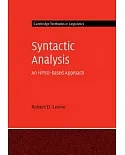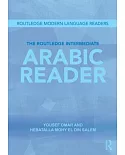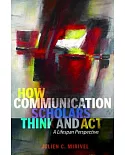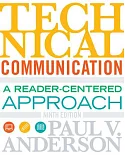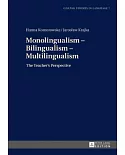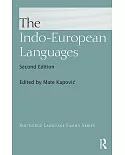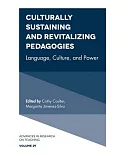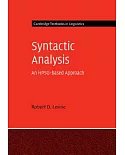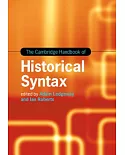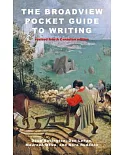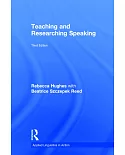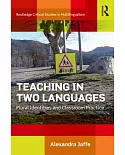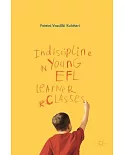This handbook surveys issues and advances in research on language and digital communication through 28 chapters by language, linguistics, communication, and other scholars from Europe, the US,
Asia, and Mexico. In the first section, they address key methods and perspectives like network analysis, digital ethnography, and multimodal analysis for studying language in terms of
linguistic forms, choices, and variation; language as webs of relation between individuals and wider social structures and networks; language as practice embedded in specific activities and
cultures; and language as a semiotic resource used for meaning making and communication. The second section considers language resources, genres, and discourses, including digital genres and
processes of remediation, language play and creativity, and multilingual resources and practices in digital communication, while the third discusses digital literacies, including texting and
vernacular writing. Subsequent parts cover digital communication in public (the workplace, advertising, corporate blogging and social media, and Twitter); digital selves and online-offline
lives, with discussion of Second Life, online multiplayer games, and relationality, friendship, and identity in online communities; online communities, social networks, and relationships, with
discussion of Facebook and YouTube and the role of translocality; and new debates and future directions, such as social reading in a digital world, interactive multimodal communication,
identity and interaction in digital contexts, and surveillance. Annotation ©2015 Ringgold, Inc., Portland, OR (protoview.com)



